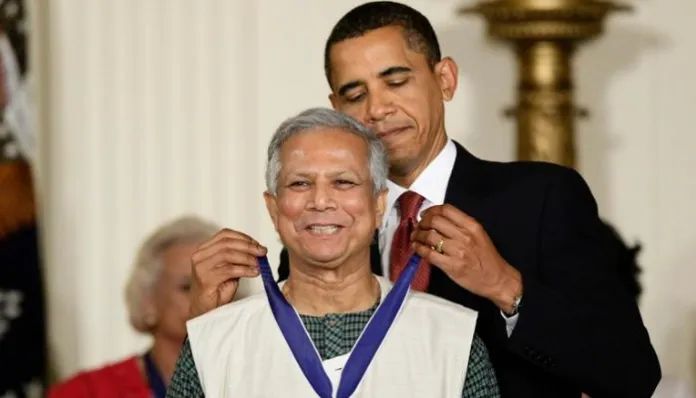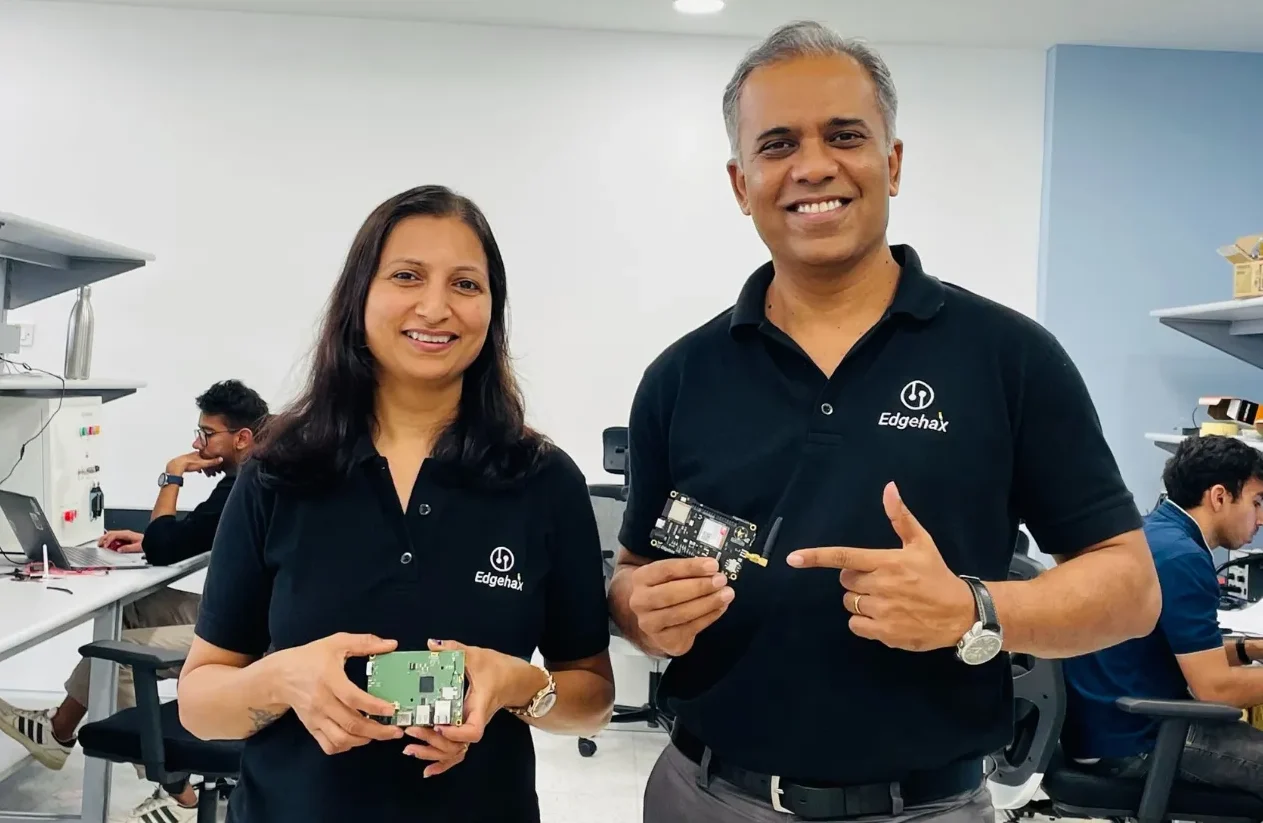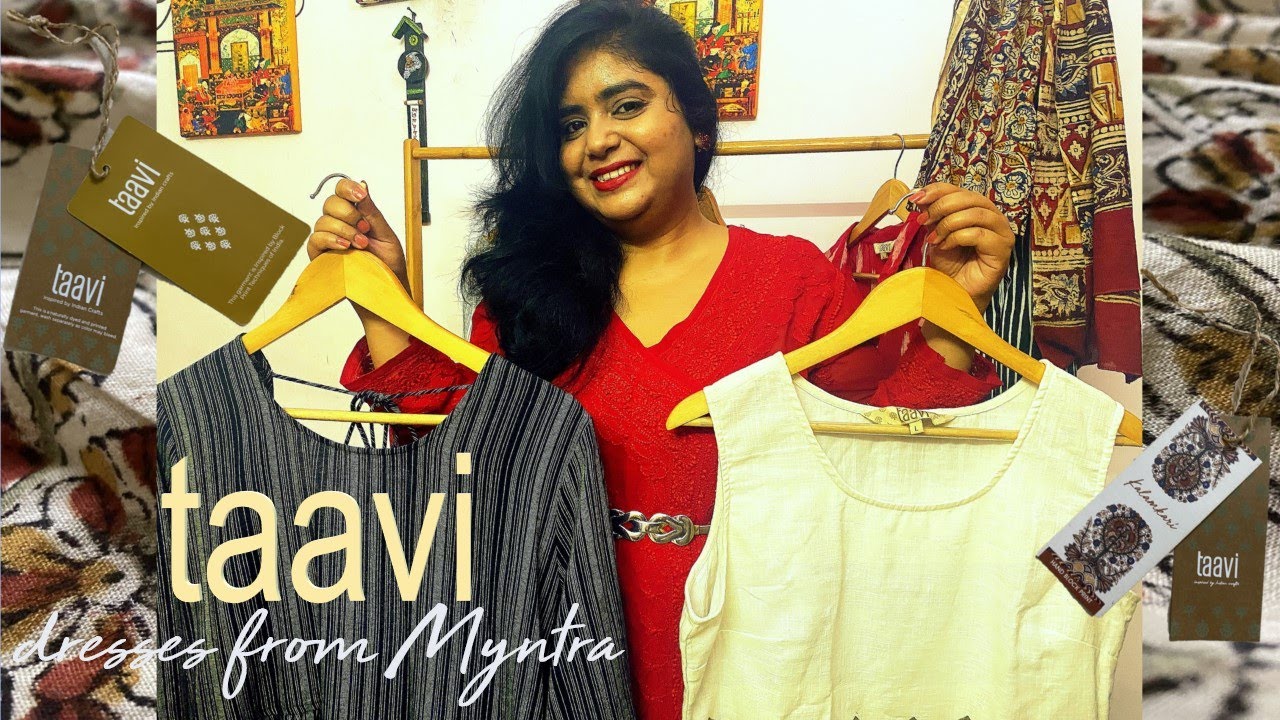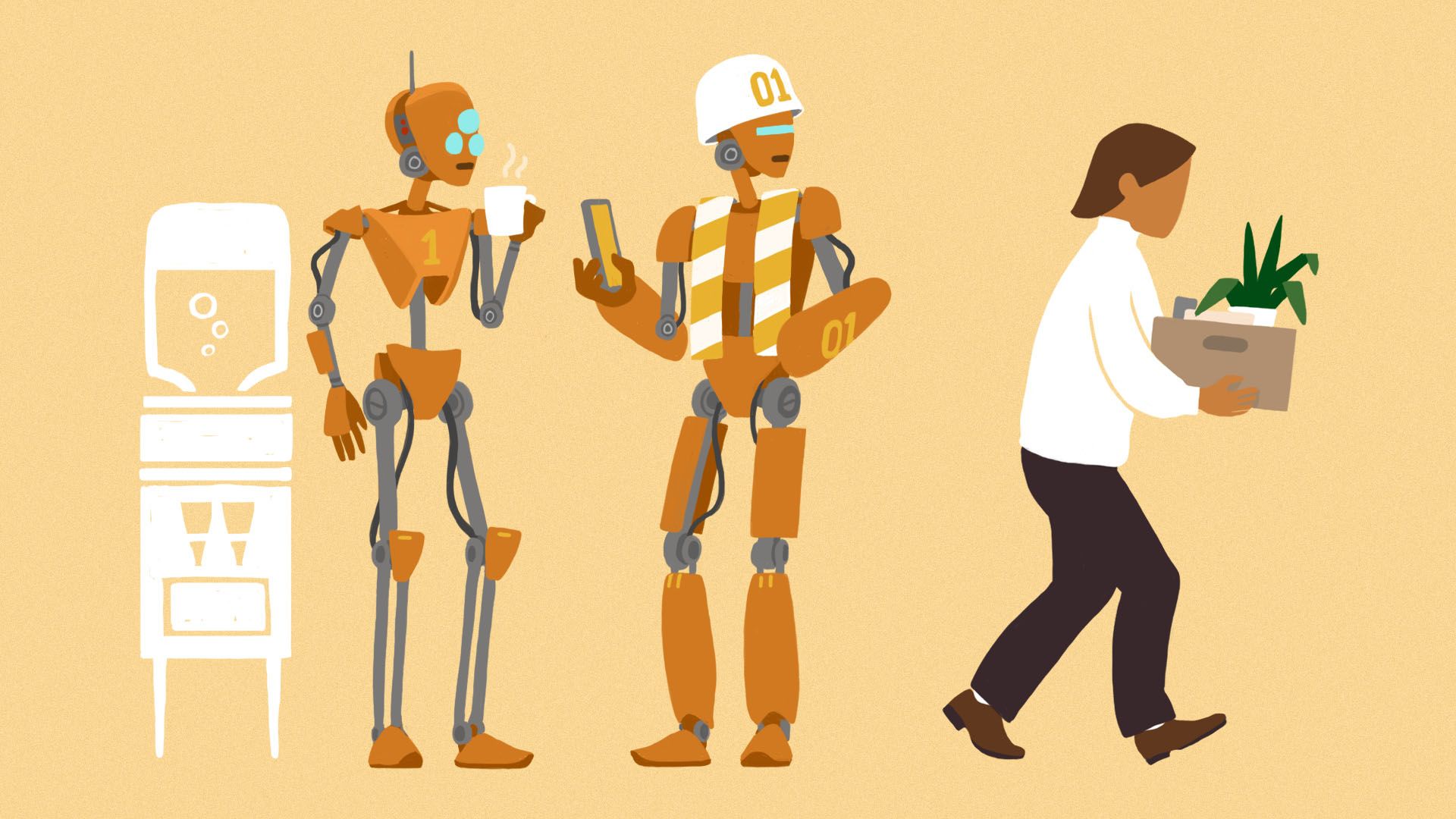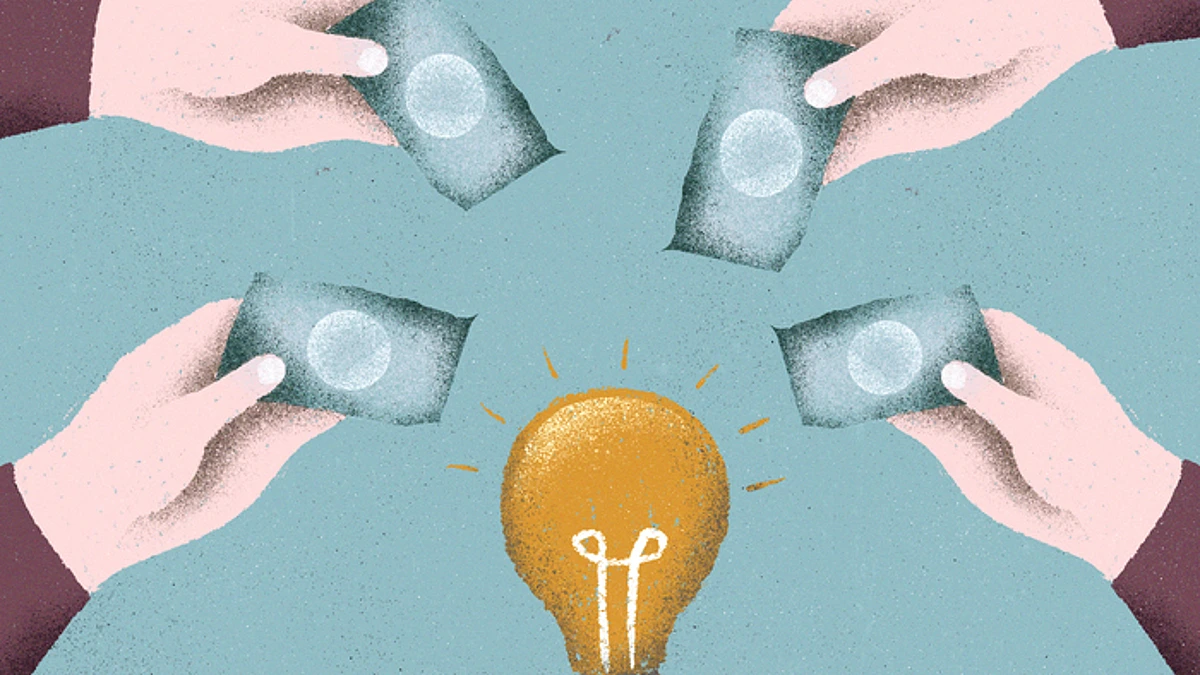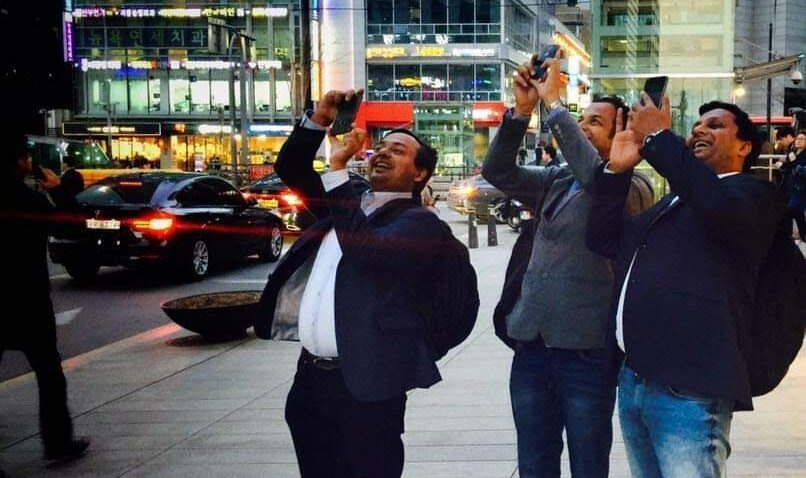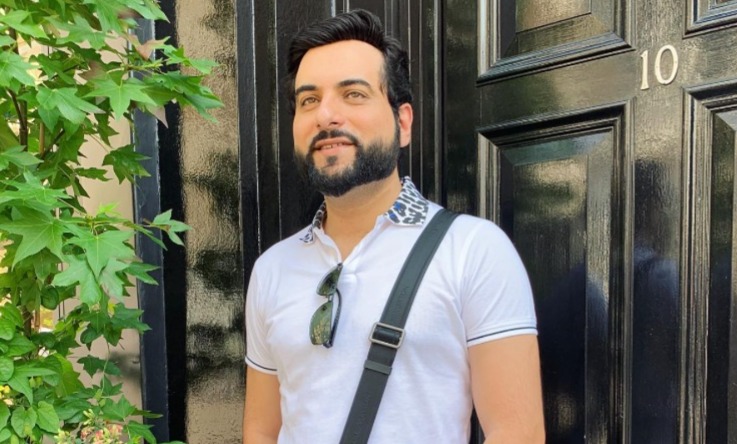In the spring of 1974, amid the famine that gripped Bangladesh, a young economics professor named Muhammad Yunus walked into a village and asked a deceptively simple question: What would it take to break free from the endless cycle of poverty?

The answer, as it turned out, was just $27.
What followed would become one of the most remarkable experiments in modern economics, one that rewrote the rules of banking, empowered millions of women, and won Yunus the Nobel Peace Prize.
A Radical Beginning Of Muhammad Yunus
Yunus, then a professor at Chittagong University, had grown disillusioned watching his lectures on development theory fail to change the reality outside his classroom. Villagers were starving, trapped by debts to moneylenders who charged them crippling interest rates.
One day, Yunus spoke to a group of women in Jobra village who made bamboo stools but had no money to buy raw materials. They borrowed from local moneylenders at exorbitant rates and ended up with almost nothing after repaying their debts.
Yunus took out $27 (about 856 taka at the time) from his own pocket and lent it to 42 women, no collateral, no paperwork, just trust. The women used the small loans to buy materials, make goods, sell them, and, to his surprise, repaid him in full.
Doing the Opposite of Banks
From that modest start, Yunus realized the failure of traditional banks lay in their assumptions: that the poor were too risky, too illiterate, too untrustworthy. So he designed a model that did exactly the opposite.
- Banks go to rich men; Grameen goes to poor women.
- Banks demand collateral; Grameen demands trust.
- Banks sit in offices; Grameen comes to doorsteps.
- Banks are owned by shareholders; Grameen is owned by its borrowers.
Yunus founded Grameen Bank in 1983. Borrowers, who are also the owners, meet weekly at the village level, making decisions as a collective. Ninety-eight percent of them are women, based on Yunus’s observation that women tend to spend earnings more responsibly, prioritizing family and education.
A Revolution in Numbers
More than four decades later, the impact is staggering:
- 10.7 million active borrowers, 97% of them women.
- Over $40.4 billion in loans disbursed.
- Repayment rates of around 96%, higher than most commercial banks.
- More than 21,000 former beggars transformed into self-reliant earners.
The “Beggar Support Program,” started in 2002, is reflective of Yunus’s faith in dignity rather than charity. Grameen lent interest-free money to beggars and urged them to sell simple goods (such as snacks, toys, or household items) at the same homes at which they previously begged. Gradually, most abandoned begging altogether, becoming more confident and purposeful.
A Larger Vision
Yunus has often argued that the poor don’t need charity, they need opportunity. “I believe every human being is an entrepreneur. That’s how we survived as a species. And given a chance, people will prove it,” he famously said.
In 2006, he and Grameen Bank were jointly awarded the Nobel Peace Prize “for their efforts to create economic and social development from below.”
Beyond Microfinance
Though microfinance has since spread globally, adopted and adapted in over 100 countries, Yunus has also faced criticism that microloans can sometimes lead to over-indebtedness when not properly regulated. Even so, Grameen’s own model, with its community-based safeguards and borrower ownership, has remained a benchmark for inclusive finance.
Why This Story Still Matters
In a world in which financial systems seem to work against the vulnerable, Grameen Bank is a reminder of what happens when institutions give people the benefit of the doubt and believe that they will be able to ascend rather than lapse.
It started with a simple question,Why not?,and a $27 loan that proved the poor are not a problem to be solved but a potential to be unleashed.
Reported with inspiration from a post by Varun Chawla (Build3)
Also Read: Why This Founder Moved His ₹100 Cr Startup to Goa









